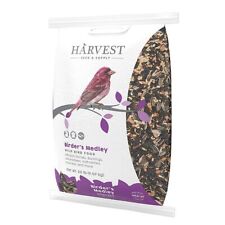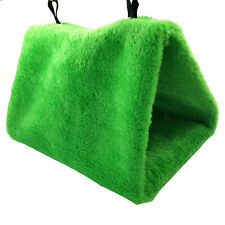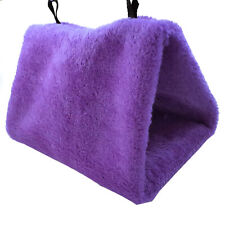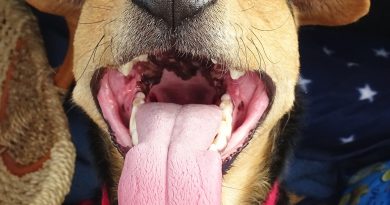Introduction to Canine Allergies

Symptoms of Canine Allergies
While humans typically react to allergens with nasal symptoms, your pooch is more likely to display skin problems. Persistent itching, chewing or licking of the skin and scratching are potential indicators of an allergy, especially on the tail, stomach, and insides of the hind legs, as is poor coat texture. You may find your animal is always rubbing its face on the carpet. Feet, flanks, groin area and armpits are particularly vulnerable spots. Equally, you may find hives and rashes.
With inhalant allergies, ear flaps can become overheated and the skin oily, thickened and smelly. There is also a link between allergies and chronic ear infections, especially with inhalant allergies, so that is another thing to watch out for, along with coughing, wheezing, sneezing and watery eyes.
With food allergies, vomiting, diarrhea, flatulence, behavioral changes or seizures are also common. With bacterial allergies, your pet may have a hair loss which appears like a ring worm infection. Suspected allergies to fleas can be identified with a skin test.
It’s important to be systematic in identifying symptoms, noting whether they are seasonal and ruling out whether they could have other causes other than allergies. Your veterinarian will be able to advise.
Causes of Canine Allergies
When it comes to canine allergies, there are potentially hundreds of different sources. Some of the causes are seasonal, so it’s important to check whether your pet’s symptoms are constant or more noticeable at certain times of year. Airborne, or inhalant, allergies are the most common type of allergy, and can be caused by dust mites and, during the spring and summer months, pollen.
Almost a fifth of dogs are suspected to be allergic to their food. These dogs may be sensitive to protein, wheat gluten or corn. Your dog will not generally be born with this problem, but develop a reaction to something they have eaten over time. And, interestingly, food quality is not thought to be a factor in whether or not your pet develops an allergy. Mold that can grow in grains used in pet foor can also cause allergies via the poisonous by-product mycotoxins.
Dogs can also have more unusual allergies, such as sensitivity to the staphylococcus bacterium commonly found on canine skin. Dogs can also potentially be allergic to other pets in the household, flea saliva, and even to their owners, or their owners’ cosmetics. Plastic feeding bowls, cedar wood chips and wool can also be the source of allergic reactions.
Treating Your Dog’s Allergy
Since symptoms of allergies can be potentially life-threatening, for example through dehydration from diarrhea and vomiting, it is important that you not only seek medical attention for your pet, but that you also don’t assume the symptoms are allergic, since they may indicate a more severe underlying health problem.
If you suspect a food-based allergy, your veterinarian can also advise on how to identify the offending items in your pet’s diet, and may suggest food allergy tests. Or the animal may be put on a special protein diet, with other food being gradually re-introduced until the allergen is identified.
With inhalant allergies, frequent dusting and vacuuming will help – use a cleaner with a High Efficiency Particulate Air (HEPA) filter. Try steering clear of chemical air fresheners and carpet cleaner. Airborne mold can be reduced by using a dehumidifier. Another idea is Omega-3 and Omega-6 Fatty Acids, which are natural anti-inflammatory agents. They reported to be successful in around 20% of dogs with inhalant allergies.
In treating skin allergies, a cool bath, with a rinse or shampoo in aloe vera or oatmeal can soothe inflamed skin. Your veterinarian might also suggest antihistamines (about a third of dog owners report success with these) or other medication to ease the itching while the skin heals.
When it comes to flea-based allergies, rigorous grooming and regular examinations for both these irritating little pests and their saliva will help. And, again, you may want to try an aloe vera or oatmeal bath to soothe itching. A wide range of flea products is available online and from pet stores, including sprays, shampoos and pills.
Allergy shots for all kinds of allergies are proven to be safe and many owners report high success levels, but they can be costly and slow to work. It may be six months or even a year before you notice any improvement.













